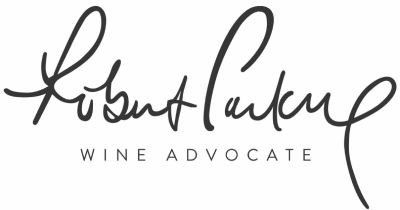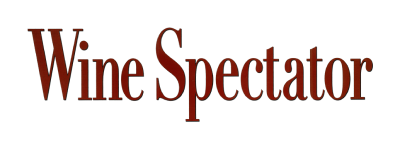
The house Moët & Chandon
History
Dom Pérignon Champagne is named after a historical figure of the same name. Dome Pérignon was a Benedictine monk (1638–1715), and is often called the inventor of Champagne. However, he did not invent the method of Champagne.
In fact, his role at the abbey was the opposite. He was tasked with finding an approach to avoid a second fermentation after some bottles had exploded and the production was lost. Although Dom Pérignon did not create the Champagne method, it transformed the viticulture and winemaking techniques in the Champagne region.
In 1937, Moët & Chandon acquired the Dom Pérignon brand for their Cuvée Prestige. Famous personalities, celebrities and members of the British royal family often select this Champagne. Prince Charles and Lady Diana Spencer chose Dom Perignon for their wedding in 1981.
Technology
Dom Pérignon is a Cuvée Prestige. It’s a rarity and a millésime; a unique piece of art from the finest Pinot Noir and Chardonnay grapes of the same vintage.
Every vintage is aged on lees until the Chef de Cave decides the Champagne is ready for release. After this, each bottle goes through the “Plénitude” concept, with three releases at different stages, allowing the Champagne to express different aspects of the harvest.
The first Plénitude (P1) is achieved after eight years. The Dom Pérignon Vintage and Rosé Vintage are the epitome of harmony and balance. The Plénitude 2 (P2) is achieved after fifteen years of ageing. It produces a deep, rich, and complex Champagne with generous flavours and the capacity for a long life. Plénitude 3 (P3) occurs between 30 and 40 years after harvest, with at least 20 years of lees ageing.






